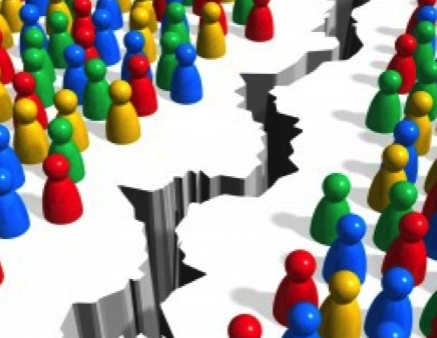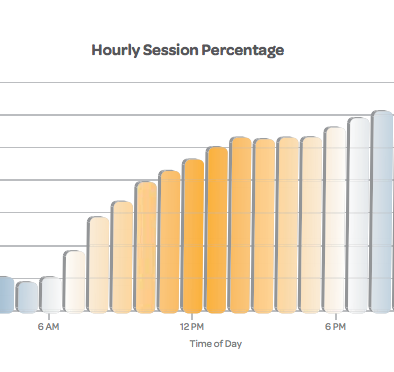Social media is the fastest-growing source of traffic to online retail sites–but visitors from Facebook or Twitter have a lower conversion rate than those arriving on a shopping site via a search engine, according to a new study released by e-commerce personalization engine RichRelevance. The company analyzed more than 200 million August 2011 shopping sessions on major US retailing sites to understand trends in online shopping behavior, and found that Facebook traffic to online retailers increased 92% from August 2010 to August 2011.
The lower conversion rate from social media makes sense: visitors arriving via a search engine are engaging in active shopping behavior, while those arriving from a social network are sharing information with friends. That said, the serendipitous social visitor spends far more. Both Facebook- and Twitter-originating online shoppers spend more per order than shoppers who come from Google. In fact, shoppers from Twitter had the highest average order value ($121.33) of all shoppers.
The average visitor to online shopping sites had a 2.1% conversion rate. Here’s how the conversion rates and average order values compare across all of the search engines and social media channels studied:
| Channel | Session Share | Conversion Rate | AOV | ||
| AOL | 1.74% | 2.9 % | $105.27 | ||
| Bing | 7.45% | 2.4 % | $104.62 | ||
| 80.62% | 1.9 % | $100.16 | |||
| Yahoo | 9.67% | 2.6 % | $105.13 | ||
| 0.50% | 1.2 % | $102.59 | |||
| 0.02% | 0.5 % | $121.33 |
What do you think? Is impulse buying the explanation for why Twitter shoppers spend more — while Google shoppers are more likely to be doing comparison shopping? Or is there another explanation? And does the higher order value of the Twitter and Facebook shopper make them attractive target, in spite of the lower volume?


